
Learn Safety
Protecting people and property is critical, but it doesn’t have to be complicated.
There’s nothing you wouldn’t do to help keep your home, business or family and friends safe. Thankfully, it’s pretty easy. Simply knowing how to assess the potential dangers of fire and carbon monoxide, then taking the time to update your safety products and plan can make all the difference.
And you don’t have to do it alone. Kidde, a global leader in fire and CO safety, is here to help.
Fire Safety
From selecting fire extinguishers and smoke alarms to knowing your state’s laws, fire safety begins now. See all fire safety articles.
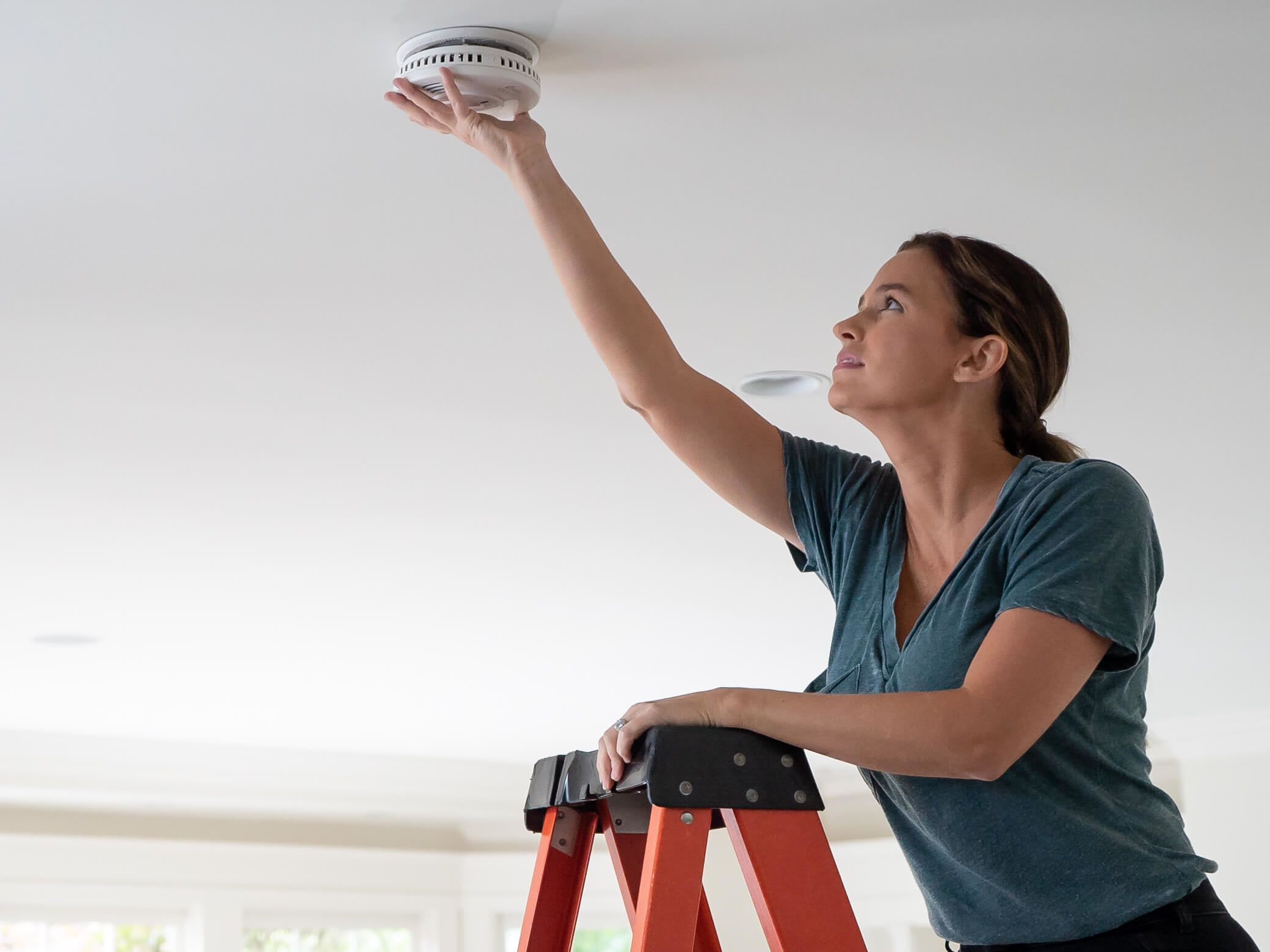
Fire Safety 101
We've broken down home and fire safety into 4 steps that you and your family can follow to help prevent a disaster from happening in the first place, with directions on how to respond if the worst does occur.
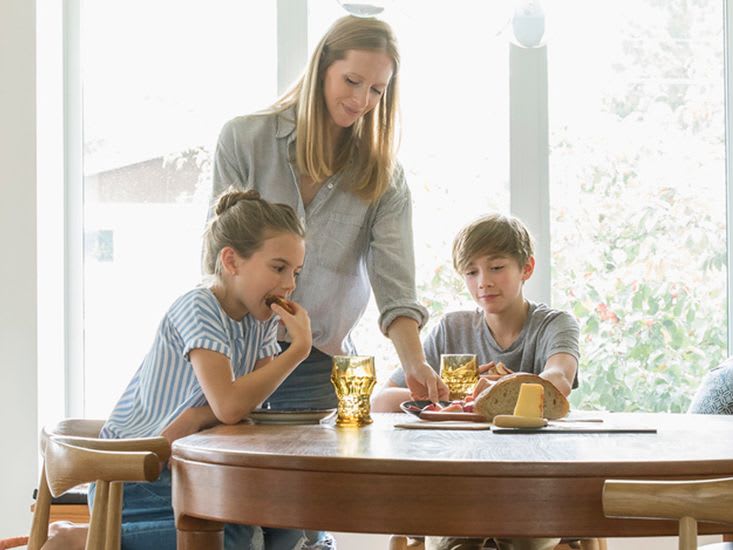
Choosing The Best Types of Smoke Alarms for Your Home
Looking for the best smoke detectors? Learn how to choose from the types of smoke detectors, learn about types of fire and smoke detectors types, then choose the best smoke detector type for you. fire alarms, smoke alarm, smoke detector types
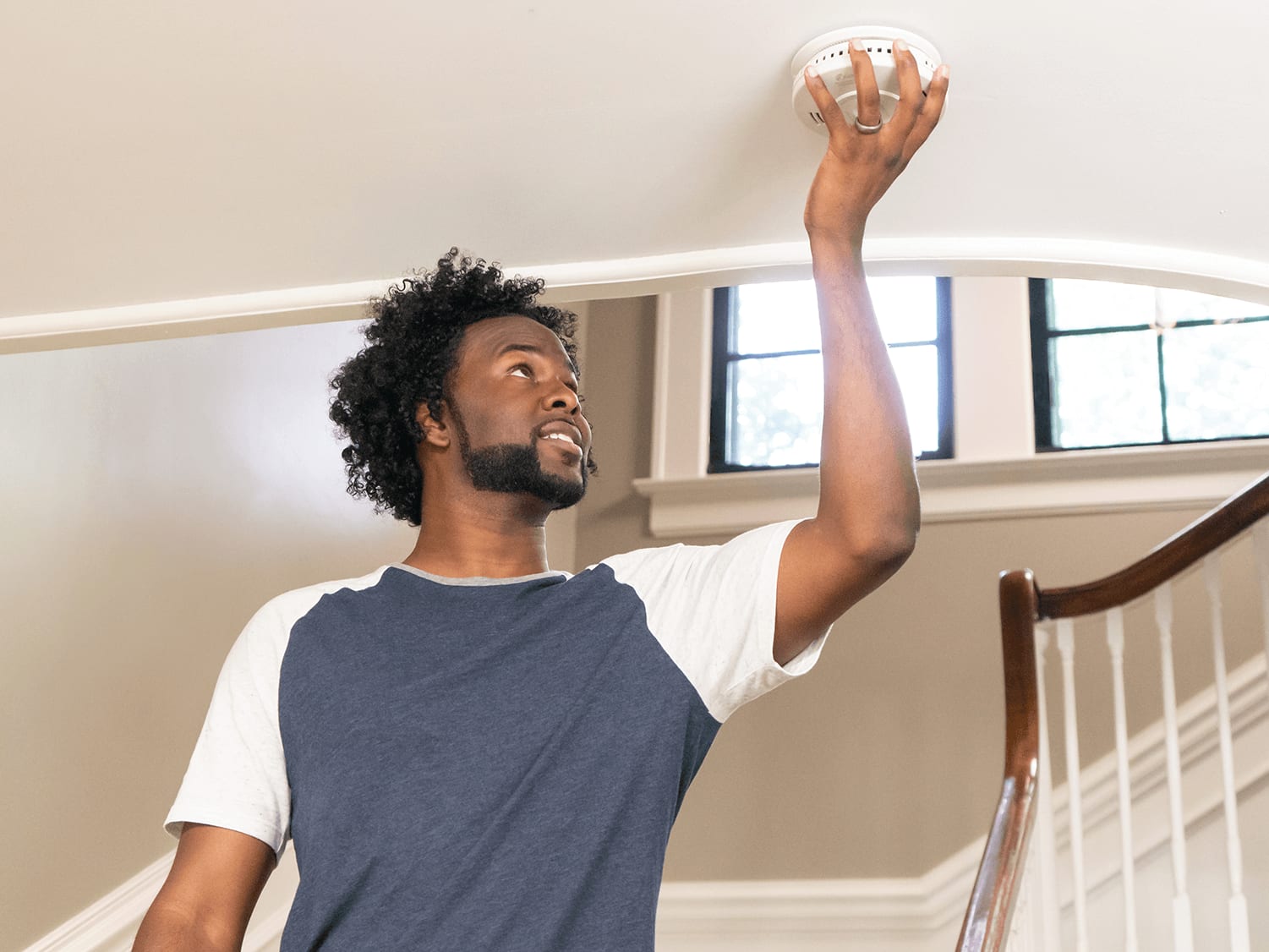
Steps to Safety: How to Protect Your Family from a Fire
A fatal house fire occurs approximately every three hours in America, and more than 20,000 people are injured or die from carbon monoxide (CO) poisoning every year. In just a few steps, you can help shield your family from danger at home.
Carbon Monoxide Safety
Often called the “silent killer,” carbon monoxide is a colorless, odorless gas that is created when fuels burn incompletely (fuels like natural gas, gasoline, wood or coal). Heating and cooking equipment in the home can also be sources of carbon monoxide. See all carbon monoxide safety articles.
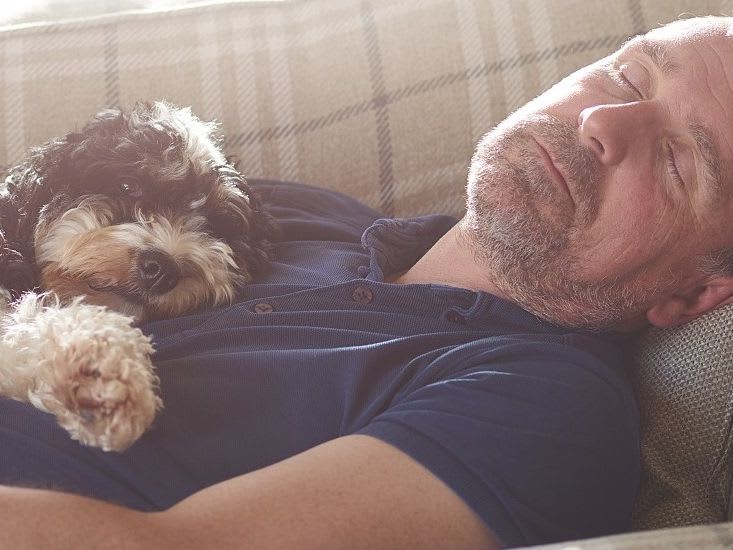
Carbon Monoxide Frequently Asked Questions
Often called the “silent killer,” carbon monoxide is a colorless, odorless gas that is created when fuels burn incompletely (fuels like natural gas, gasoline, wood or coal). Heating and cooking equipment in the home can also be sources of carbon monoxide.

How To Choose the Best Carbon Monoxide Alarm for Your Home
Now that you know a little more about the dangers of carbon monoxide, the next logical question is “what can I do to protect my home?” At Kidde, we have more answers to that question than almost anyone.
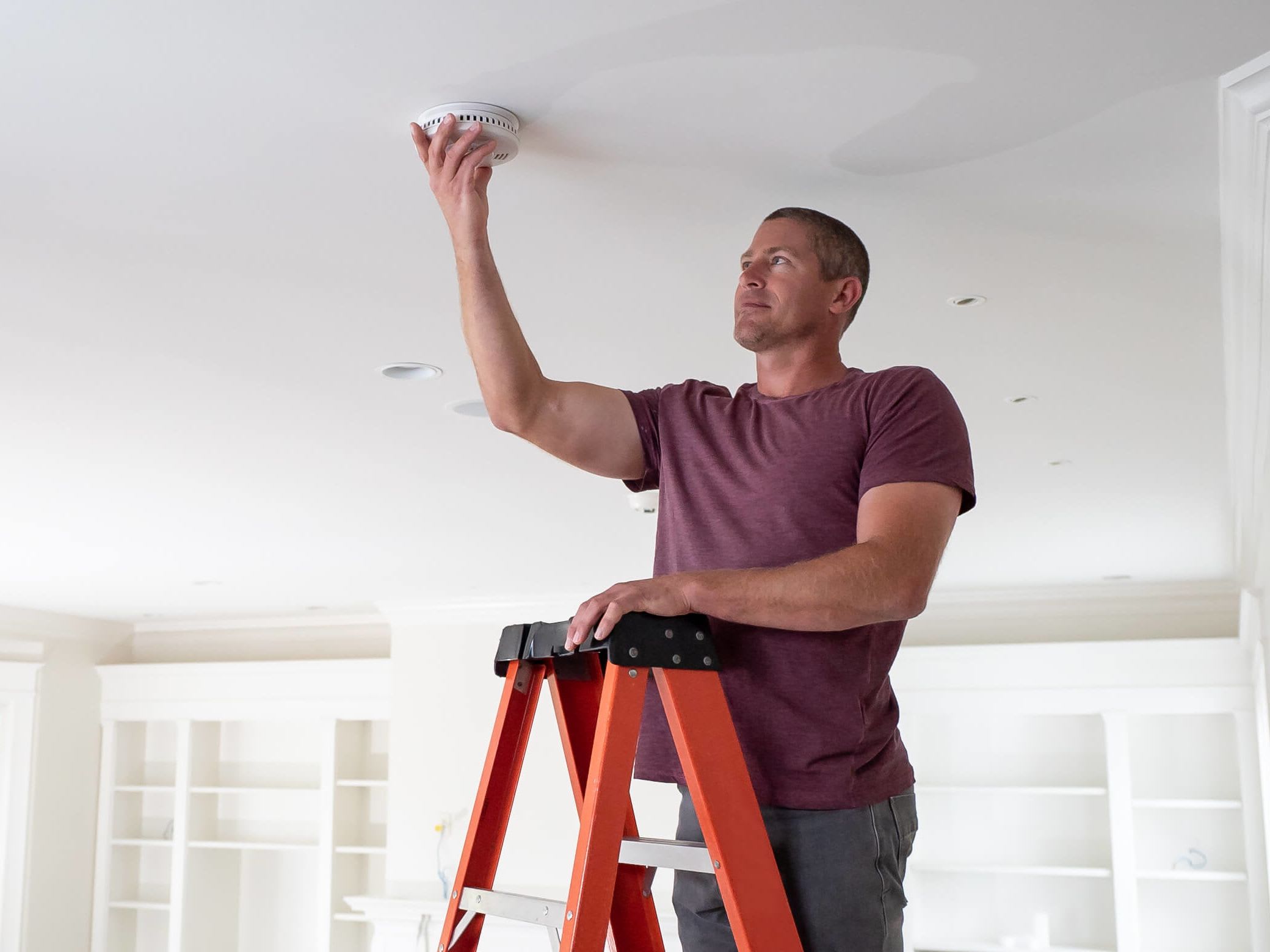
Placement of Carbon Monoxide Alarms
Review our interactive guide to learn about where to place your carbon monoxide (CO) alarm and smoke & CO alarms in your home.
Hot Topics
Kidde has a literal world of expertise at our fingertips, and we’re proud to share it with you to help you best educate and inform. We have a variety of "hot topics" to keep you safe in your daily life. See all hot topics.

Back to School Safety
New teachers, new classmates, it’s the perfect time of year to make a new fire escape plan. It’s a fun family activity and it could be a literal lifesaver. Then, read our childproofing tips to help keep your kids out of harm’s way when they’re home alone this school year.
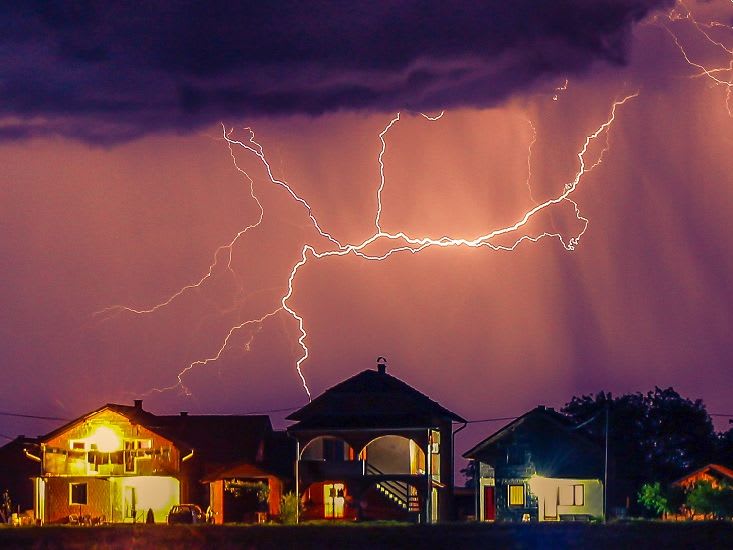
Storm Safety
Storm-related power outages can significantly increase the chance for a house fire or carbon monoxide (CO) poisoning. Items like generators, candles, and downed-power lines all pose a risk. The experts at Kidde recommend the following safety tips.
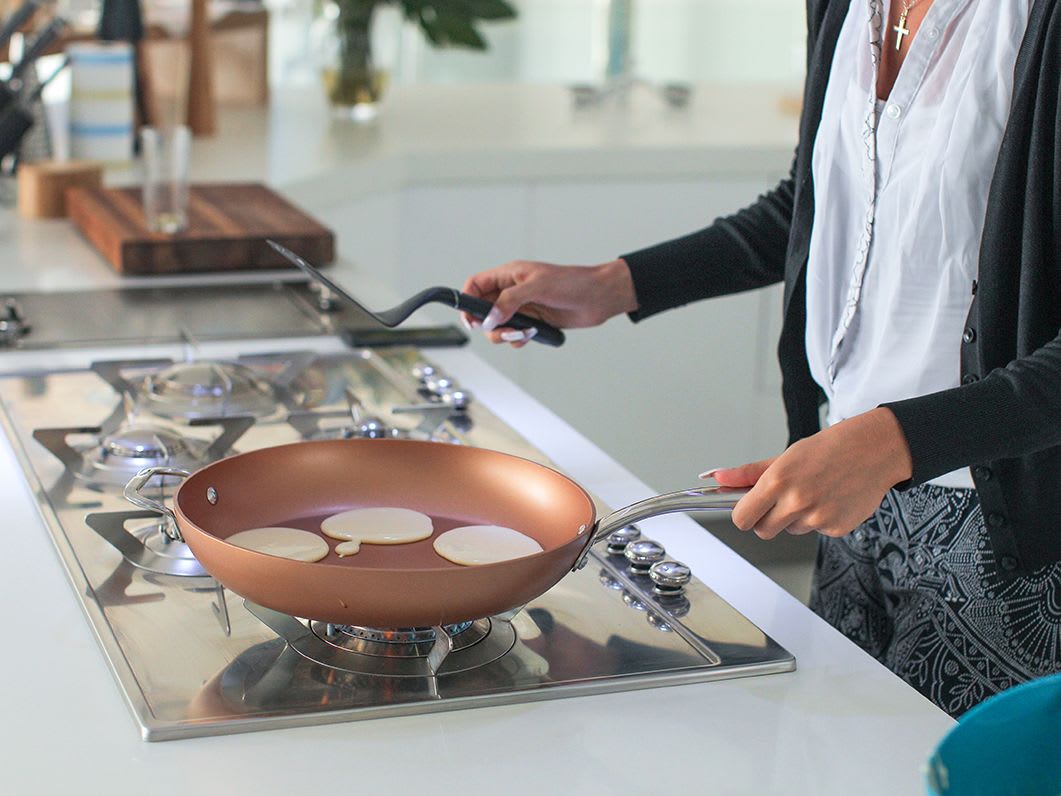
Cooking Safety Tips
Everyone enjoys a home-cooked meal. But whether you are preparing a feast or re-warming last night's leftovers, it's important to take some basic precautions to avoid turning a quiet meal into a devastating house fire.
Fire & Carbon Monoxide Safety Products
Kidde designs and develops smoke alarms, carbon monoxide alarms, fire extinguishers and more. It’s a wide range of solutions, but they all share a common purpose – protecting people and property from the effects of fire and its related hazards.

Smoke + Carbon Monoxide Alarm with Indoor Air Quality Monitor

Smoke + Carbon Monoxide Alarm with smart features

Kidde Sealed Lithium Battery Power Carbon Monoxide Alarm with Digital Display


